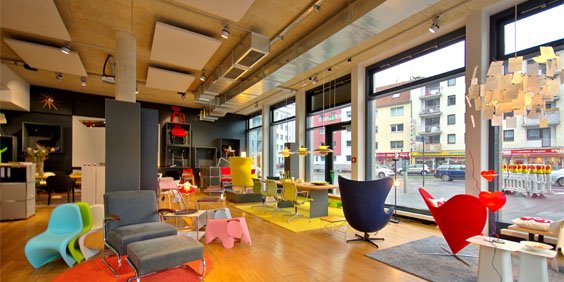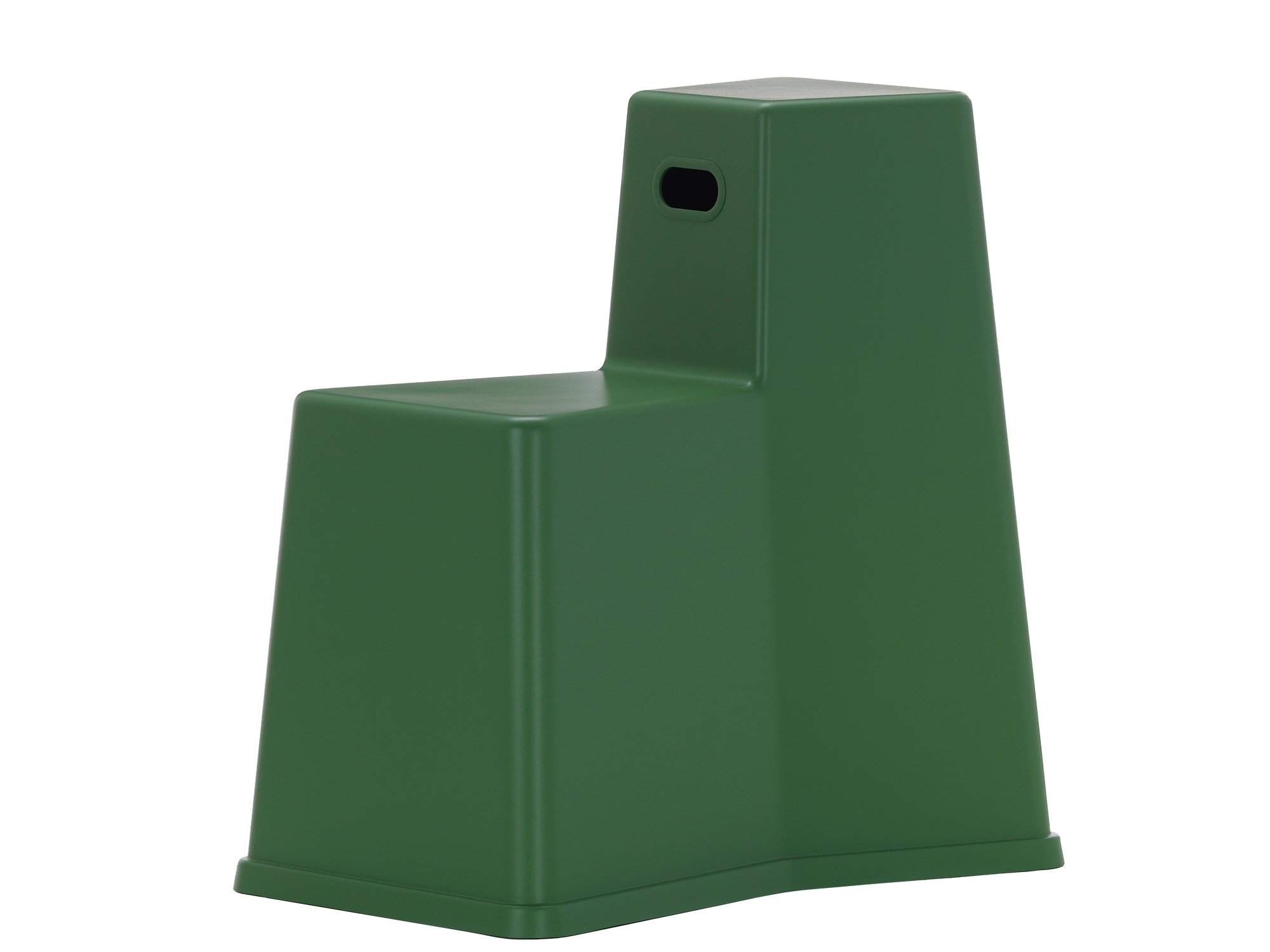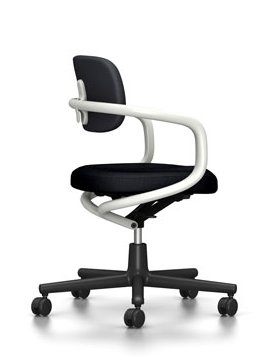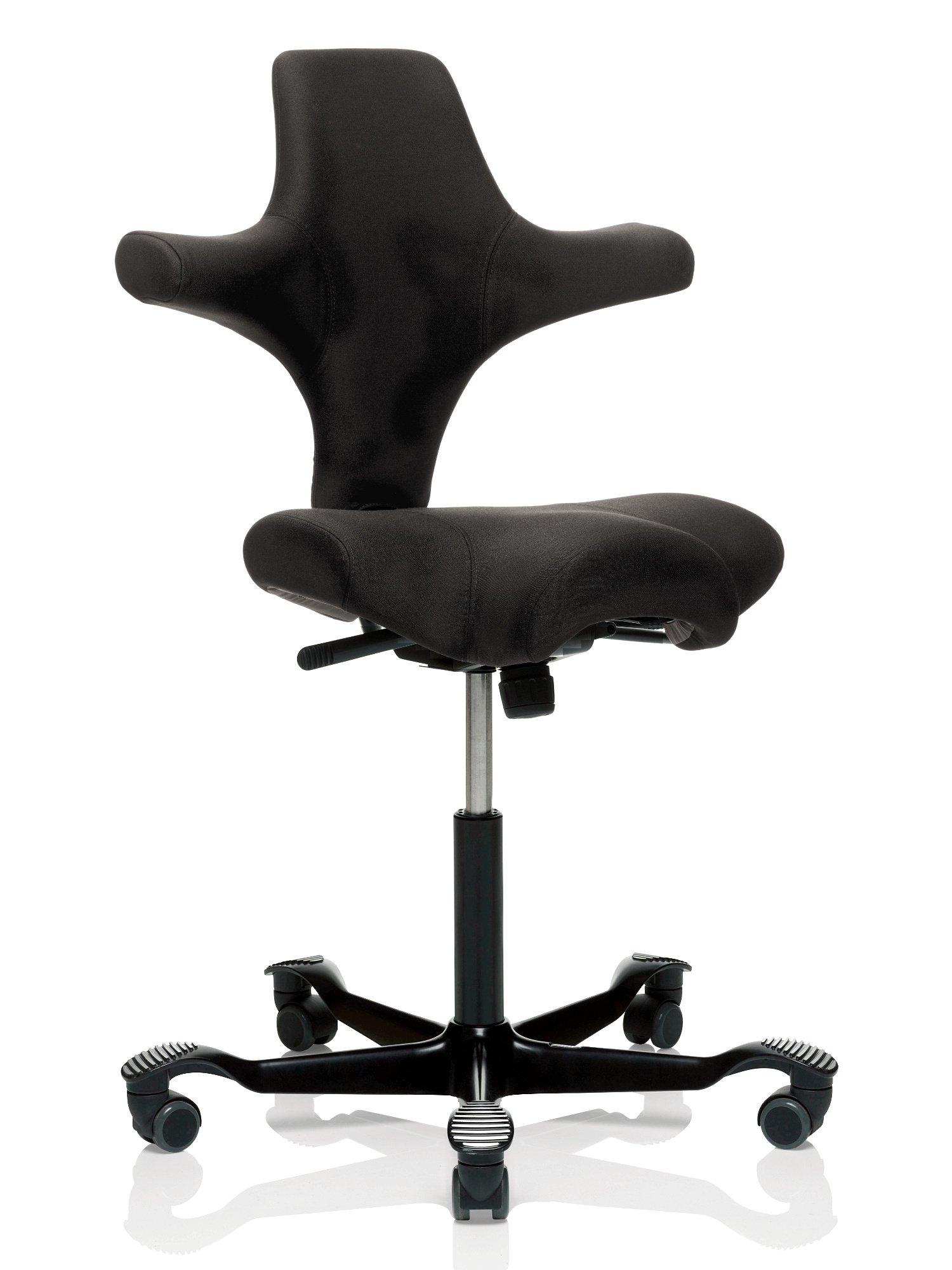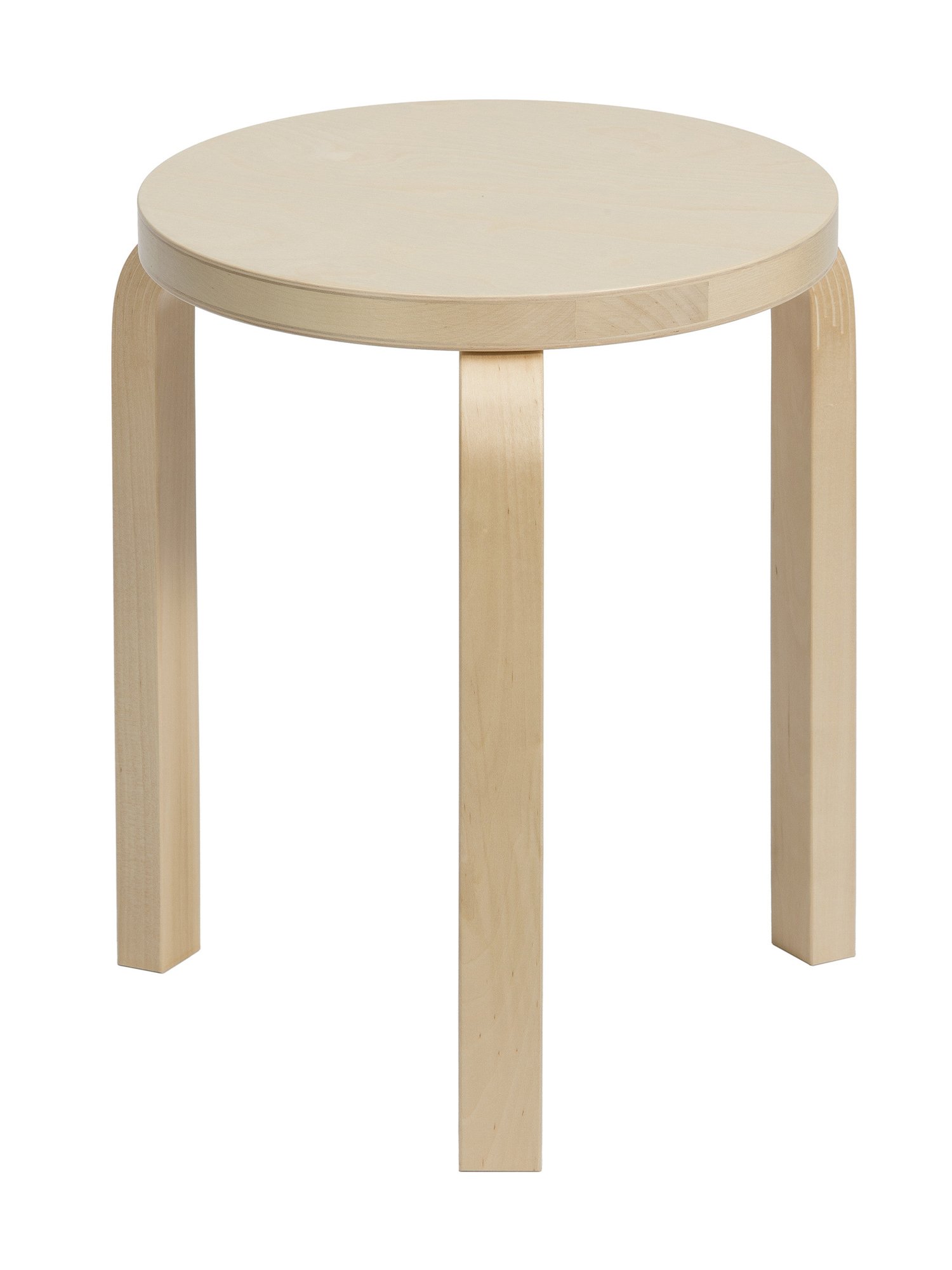Agile working – the modern office concept of the future
- Topics
- Acoustics
- Colours & Materials
- Home Furnishing
- Light Planning
- Medical practice
- Public Spaces
- Workplaces

Changing working environments
Wherever one looks these days in context of the organisation and management of companies, you cannot avoid the term agile work. Little wonder: our working world is constantly changing, a process that requires flexibility and agility on all sides. But what exactly stands behind this creed? Should you do your work with sporting agile and liveliness, or should you dexterously and skillfully avoid all tasks? And above all, how can agility be implemented in your own company? As is so often the case, it is all about courage, the courage to change, to create self-reliant, creative teams, and the right methods and work spaces that initiate change and make it work - for more innovation, efficiency and effectiveness throughout an organisation.
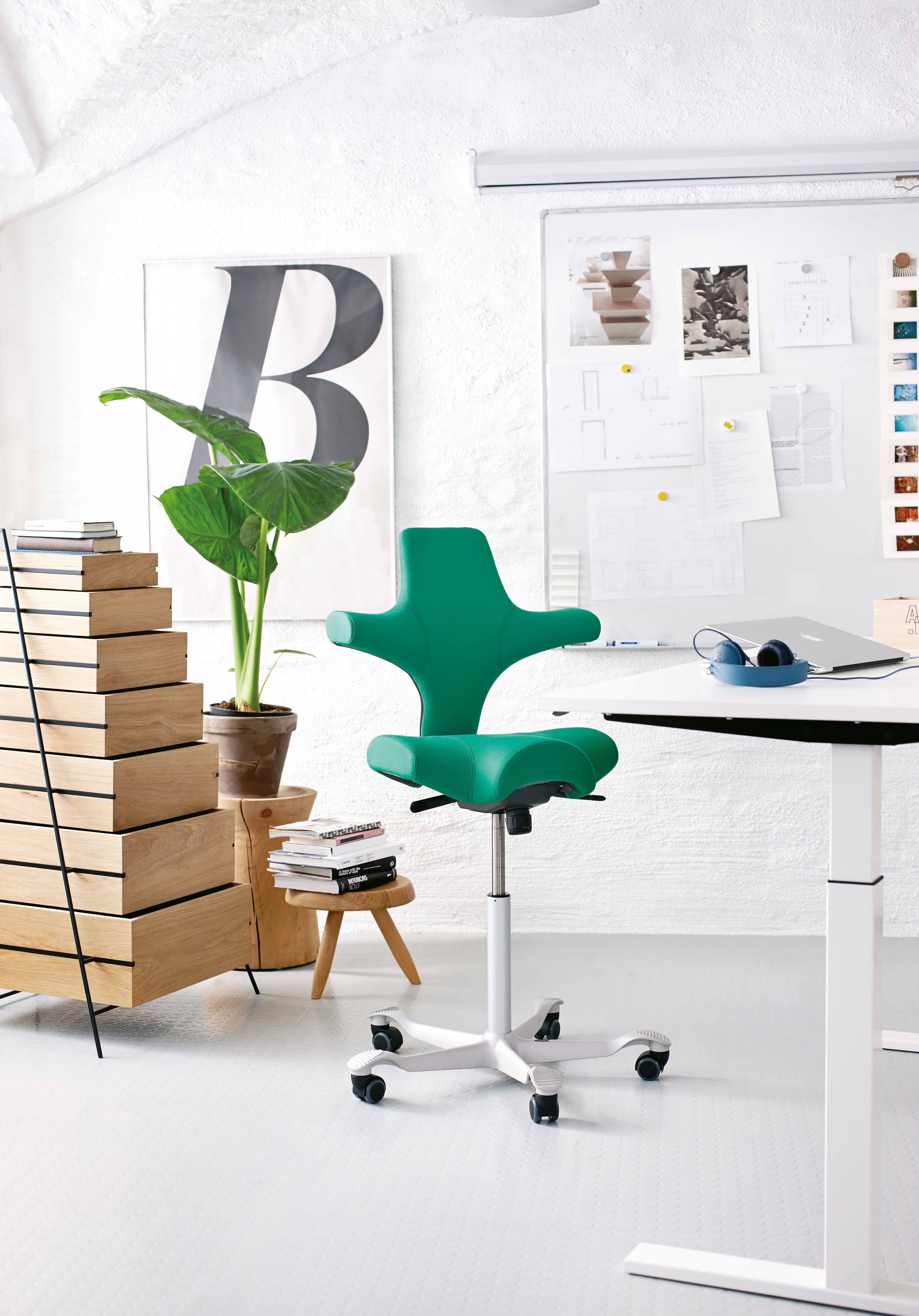
The fresh wind of change
If you delve into the office history of the 20th century, you will find yourself hurrying past imposing but cool reception areas through endless corridors past closed individual or crowded open-plan offices to the executive floor. Even though this hierarchical order has found versatile forms of architectural expression over time, its basic principle has been retained. There is a pyramid-like structure in which everyone follows a task that is predetermined and controlled from above. But what may arouse nostalgic feelings in film-ready retro chic is no longer realistic for today's business world. Because our markets and industries have not only become more complex over time, they have also achieved a new dynamic in our digital networked age, a dynamic to which companies with classic structures can only react slowly and analogue. What is innovative today may be outdated by the end of the long internal decision process. An agile company, on the other hand, sees change as a constant and can thus adapt to changes quickly and effectively. The aim is not to replace stable framework conditions or hierarchies, but to enliven them with flexible structures and processes and to make them more capable of action.
The endangered employee?
In an age of digitalisation and artificial intelligence the question arises as to what role people should play and what work they should do. To anticipate the answer right away: the individual remains the focus around which everything revolves. And even becomes a new appreciation, because what our futures will still need in all industries are two things that cannot be digitised - social interactions and good ideas. Agile structures are the best way to generate them. With their help, employers can discover the creative potential of their employees, promote them in a targeted manner and make them effective, both in small and large sizes. The loudest employees are not always the ones with the best ideas. Everyone has their own particular strength, which is valuable for the company. In order to develop them and use them in the work process, smaller units are needed.
Team works
The key to agile work is the self-organised team, which, in accordance with our complex world, brings together different people who complement each other in their competencies. However, building up individual teams goes hand in hand with a reduction in hierarchy and bureaucracy: every team should be motivated to independently take responsibility for their processes, to drive them forward and, if necessary, to adapt them quickly and flexibly without complicated coordination channels. This requires regular exchange of ideas between team members, and leaving decisions to whoever in the team is best suited to make them. The result is small, flexible biotopes that drive themselves based on shared corporate goals and in which the commitment, creativity, strength and dynamism of each individual can blossom.
Living corporate culture
In order for personal responsibility and dynamics to work, you first need a common consensus that breaks away from rigid patterns and, under certain circumstances, from old values. The path to more agility starts holistically, because all agile structures and methods do nothing if the corporate culture remains immobile and unapproachable. The basis is a cultural change towards more transparency and a distinctive discussion culture. In practice, this means that the previous control function takes a back seat and provides the space for self-organisation, leadership no longer means control and order, but rather support and moderation of the individual teams in the sense of "enable" and "empowerment". In addition, an agile organisation sees different views not as a problem, but as an enrichment, because only when different perspectives are considered and openly discussed can innovations arise and be recognised.
Changing values
In order to find the appropriate starting point for change and to be able to introduce changes in the right places, the previous corporate culture must be analysed. In the best case not only by coaches and managers, but together with the different departments and teams. This not only eases the identification amongst employees, it also increases their responsibility and is therefore more promising in the long run. Examples could be a common focus, a general commitment as well as openness and courage. This means that every team member should try to do his job conscientiously in the given time and at the same time have the courage to speak openly when adjustments are necessary.

Small dictionary of agile working methods
Scrum, Design Thinking and Kanban have found their place in the corporate vocabulary. While some individuals move confidently and naturally with them, for others they can sound like a comic character, youth culture or yoga practice. And even if there is a whole range of differing methodological approaches behind each term, they all serve to illustrate and accelerate processes and relationships more easily in order to obtain the best end product in a shorter time.
Scrum
Scrum comes from rugby and denotes a controlled mass of players around a ball; transfer this image to the project management, and its meaning becomes clear: flexibility and dynamism. The basic idea of Scrum does not plan a project from A to Z, but executes it iteratively in so-called “sprints”, i.e. step by step in small work packages, which are repeatedly coordinated, repeated and thereby improved. It is not thought in years or months, but in weeks or days. In this way, you can intervene in every phase of the process and react promptly to problems. When a work package is ready, the team discusses the result, gets feedback from the customer, and plans how to proceed.
Kanban
The word Kanban (= map) comes from Japanese and was developed in 1950 by the automobile manufacturer Toyota for production process control in order to achieve faster throughput times. After it was initially used for the IT industry, it is now used in numerous production controls - from startups to international corporations. The little hero here is the post-it. Because what looks like abstract art at first glance is the visualisation of an existing process flow, which is broken down into small steps and displayed on a Kanban board in a transparent and comprehensible manner for all sides. Tasks from "To Do" through "In Progress" to "Done" are arranged, the current status is recorded and possible problems become clear. Everything that stops the flow is analysed, optimised and thus continuously improved.
Design Thinking
The name says it all, because Design Thinking is about releasing the maximum creative potential from all team members of a project and thus systematically solving complex tasks. The work of designers and architects serves as a model, following an intuitive process and focusing on the future user. In Design Thinking, this is closely integrated into the process and its agreements from the start, so that the end result corresponds exactly to its needs. In addition to interdisciplinary teams, courage for out the box ideas and visualisation through storytelling and prototyping, innovative spatial concepts also play an important role in this approach.
The new freedom of thought
If you want to promote the creativity of your employees, you have to start at the workplace. Because only a space that offers the freedom to think and act provides new ideas and their efficient implementation. This requires intelligent and inspiring concepts and furniture that also enable these new forms of interaction. Most offices are completely unsuitable for this because of their spatial capacity and closed nature. Even the old open-plan office has little in common with the new open space. Meeting rooms offer the best chance of change, but all too often these too are usually too rigid and static for the desired methods. Agile working methods need flexible spaces that are designed for interaction, concentration and socialisation, that can be changed quickly and easily and that address the different needs of employees. In this way, small teams should find spatial solutions to develop creative ideas in peace, while larger teams have the opportunity to exchange ideas on a large scale. Maybe you need individual think tanks or a library. And the individual must also be able to withdraw, whether to make a phone call, relax or focus on their task. Not to forget the coffee lounge or kitchen island, where everyone can get together, eat and chat.

The freedom of design - flexible working landscapes
Every action in an agile work life has a different dynamic and needs its own space: whether a workspace for experimenting and creating ideas, a conference room for discussion, the coffee kitchen for a sense of community, a silent space for switching off or a suitable place for reflection and further planning. The solution to all of these requirements is variable work landscapes that can be adapted to different work situations or individually redesigned. There are no fixed requirements here either. It is important that the mind stays in motion. It is best to work out with an architect, planner or interior designer which concept is actually the right one.

True quick-change artists - modular systems
Is furniture still needed in the age of digitalisation? A clear yes. But also with flexibility, please. Form follows function is not a design principle in the sense of agile workspaces, but a lived concept. Modular systems made up of various basic elements such as multifunctional seating, tables, room dividers and boxes open up new design options for individual work landscapes - from quiet individual workplaces to active open offices. Ideally, if these are not only mobile, but also easy and quick to change and create the environment that is needed in no time. So not only the different working techniques can be adapted depending on the situation, but also the entire interior.
Must Haves - from an analog whiteboard to a smart high adjustable table
To develop ideas together, as much space as possible is needed to find and record them. In the world of work 4.0, the very old school blackboard is indispensable in the form of spacious whiteboards to help visualise processes. In this way, everyone involved is encouraged to think along and dynamically lend a hand instead of staring motionlessly at a screen. A standing table helps to ensure that this physical process is fully effective: because it leaves enough room for movement, thinking, discussing, wandering around, interacting and even reminds one of casual bar evenings with friends. Not to forget the technical equipment in all areas - from digital networking to multimedia options to the right light, which is often underestimated and yet so essential for a positive and productive mood.


Between worlds - the lounge
It is the interface between inside and outside, work and private life - the lounge usually takes on not only the function of a reception, but also the coffee kitchen or the social hotspot. It is an essential place of arrival, coming together, feeling good and communicating. No matter whether it is about welcoming guests, spending lunch breaks or celebrating parties: the lounge area is where friendships and networks are made, ideas are born and projects are thought through. Therefore, you should pay particular attention to the correct lounge environment, because its atmosphere determines how good and inspiring a company feels and how much you like to enter your workplace.
The agile smow team
Anyone looking for the "perfect office" for agile working life will have little success. Because here too, changeability and change remain the principle. Nevertheless, every company and every organisation has special ideas and requirements that need to be observed and implemented architecturally and internally. In order to choose the right one among the myriad of variables and variants, you need an expert or a competent team leader with whom you can work out the "perfect individual solution". Best of all agile and personal. We look forward to accompanying you on this search and to advising you with our knowledge and diverse experience in the field of agile office concepts. Please feel free to contact us by phone or e-mail or visit us directly on site in our smow stores throughout Germany. We look forward to seeing you.
More inspiration?
An interesting YouTube video is linked from here. However, you have decided against viewing YouTube on our website. If you would like to see the video, please click here to change your settings.

